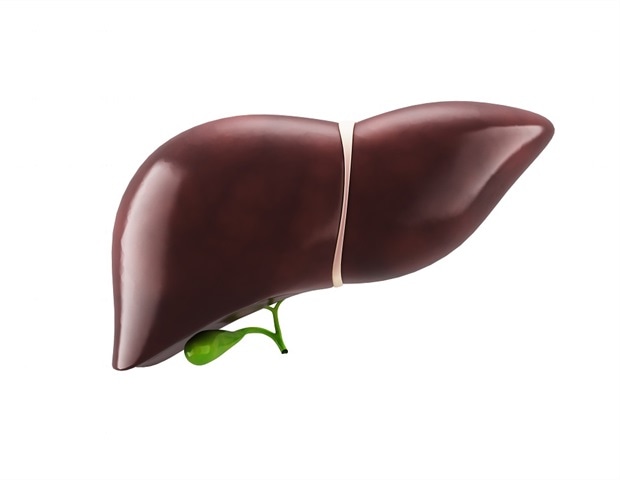
For Latinx kids, unreliable access to food at age 4 raises the odds of having fatty liver disease later in childhood by nearly four times, a new UC San Francisco-led study found.
About 5% to 10% of children in the United States have nonalcoholic fatty liver disease, putting its prevalence on par with asthma. Pediatric cases have spiked in the last decade, with millions now affected by a disease marked by pain, fatigue and jaundice that can lead to cirrhosis, cancer and organ transplantation. Latinx children and adults have a higher prevalence of fatty liver disease than white or Black people, and the condition is the number one indicator for a liver transplant as an adult.
In 2022, 13.2% of children in Hispanic households had unreliable access to food (food insecurity), up from 9.7% in 2021. Nearly 16% of children in Black households had unreliable access to food in 2022, up from 12% in 2021, compared to 5.5% of children in white households in 2022, up from 3.4% in 2021.
“We’ve seen studies in adults associating food insecurity with fatty liver disease and liver fibrosis, but very few studies have looked at children,” said Sarah Maxwell, MD, a pediatrician currently completing her pediatric transplant hepatology fellowship at UCSF Benioff Children’s Hospitals and the study’s lead author. “This is especially important for Latinx children, who have both high rates of household food insecurity and fatty liver disease.”
The study was published in Pediatric Obesity.
Kids should be screened earlier
The researchers recruited two groups of Latinx mothers in San Francisco during pregnancy and followed them and their children to mid-childhood, one group from 2006-07 and the other from 2011-13. They measured food insecurity at age 4 using the U.S. Household Food Security Food Module and assessed fatty liver disease – officially called metabolic dysfunction-associated steatotic liver disease (MASLD) – between ages 5 and 12. The 136 children were followed with annual visits from birth until 2021.
Twenty-nine percent of the children had household food insecurity at age 4 and 27% had fatty liver disease in early to middle childhood. Children with fatty liver disease were more than twice as likely to live in food-insecure households (49%) at age 4 as children without fatty liver disease (21%). Food insecurity at age 4 raised the odds of having fatty liver disease by age 12 by nearly four times.
Children with overweight or obesity at age 2 also had higher risk of developing fatty liver disease in later childhood.
It’s not yet known how food insecurity leads to fatty liver disease. Past research suggests food-insecure children may have diets of poorer nutritional quality, with less produce and more sugar-sweetened beverages that directly increase fat in the liver. Household food insecurity can also cause irregular eating patterns that disrupt metabolism, leading to higher stress and greater inflammation, as well as a deterioration in the relationship between gut microbiota and the liver.
Given our findings and how young patients are presenting with the condition to our liver clinics, we believe screening for MASLD should begin earlier than current guidelines recommend, which is age 9-11 years for children with obesity and age 2-9 years for those with severe obesity. Food insecurity screening is also important early on, especially for Latinx children who are at higher risk and could be connected to healthier food resources in their communities.”
Sarah Maxwell, Pediatrician, Benioff Children’s Hospitals
Ensuring that public meal programs widely available to children, such as school lunches, offer nutritious, balanced meals is also key, she added.
Source:
University of California – San Francisco
Journal reference:
Maxwell, S. L., et al. (2024) Food insecurity is a risk factor for metabolic dysfunction-associated steatotic liver disease in Latinx children. Pediatric Obesity. doi.org/10.1111/ijpo.13109.

 PARENTING TIPS
PARENTING TIPS PREGNANCY
PREGNANCY BABY CARE
BABY CARE TODDLERS
TODDLERS TEENS
TEENS HEALTH CARE
HEALTH CARE ACTIVITIES & CRAFTS
ACTIVITIES & CRAFTS

